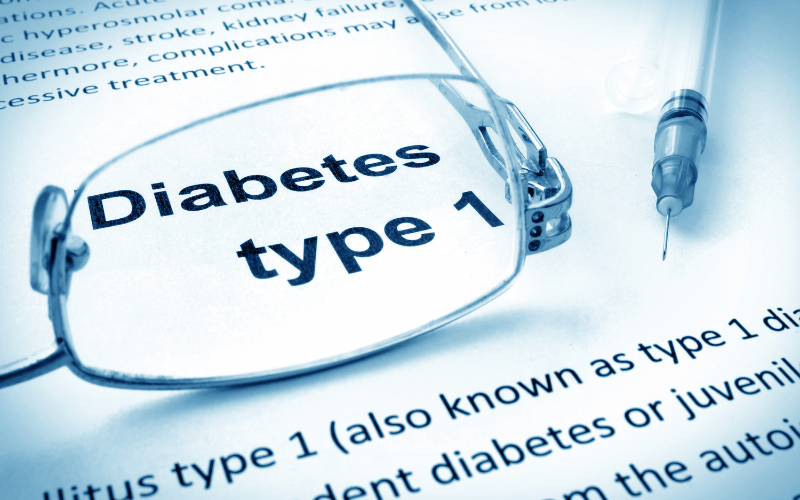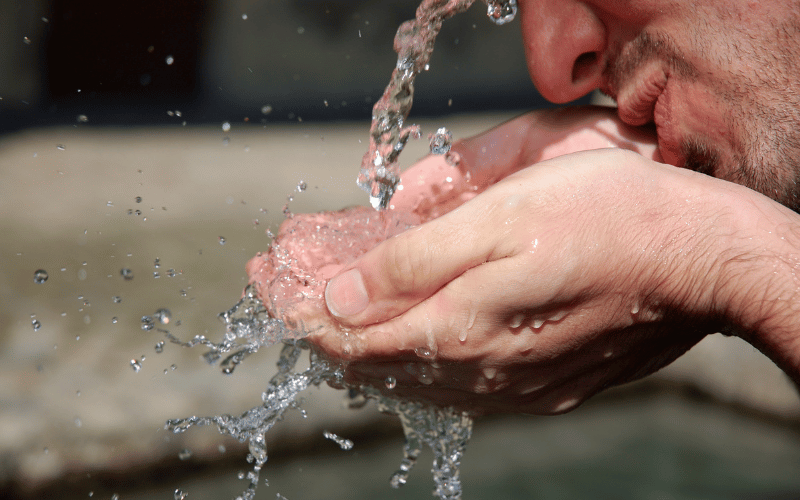Introduction: Unraveling the Mysteries of Type 1 Diabetes Symptoms
Type 1 Diabetes is a medical condition that has steadily risen in prevalence across the globe, making it a subject of concern and attention. Identifying the early signs of Type 1 Diabetes (T1D) is crucial in managing its impact and navigating the challenges it brings forth. The human body is incredibly communicative, sending out various signals when things go astray, and T1D is no exception.

In the maze of symptoms, it is vital to discern the early whispers of T1D to take timely action. This autoimmune disease has a knack for subtlety in its early stages, making it imperative to be vigilant and proactive. The signs are there, sometimes as clear as day, other times as elusive as a whisper. However, they all point towards the pressing need to pay attention and act.
This article takes a deep dive into the 10 early signs of T1D, providing insights to help you identify these symptoms promptly. The aim is to equip you with the necessary knowledge, creating a foundation of awareness that could make all the difference. So, let’s embark on this journey together, exploring the symptoms, understanding their implications, and learning how to respond.
Sign 1: Unquenchable Thirst

The phenomenon of unquenchable thirst, medically known as polydipsia, stands out as a glaring early sign of Type 1 Diabetes. It is characterized by a constant and overwhelming need to drink water. But this isn’t your usual thirst that a glass of water can quench. It’s persistent and intense, often leading individuals to drink significantly more fluids than usual. The body demands more water to balance out the high levels of glucose circulating in the bloodstream.
This relentless thirst is a direct consequence of the excessive amounts of sugar building up in your blood. Your kidneys go into overdrive trying to filter and absorb the surplus glucose. When they can’t keep up, the excess sugar gets excreted into your urine, dragging along fluids from your tissues. This triggers a domino effect. The more you urinate, the more dehydrated you become, and the thirstier you feel. It’s a vicious cycle that, if not addressed, can lead to severe dehydration and other complications.
This symptom should not be taken lightly. Recognizing it as a potential early warning sign of Type 1 Diabetes is crucial. It’s not just about quenching your thirst; it’s about understanding why this insatiable thirst is occurring in the first place. It’s an alert from your body, signaling that something is amiss and requires attention.
If you or someone you know is experiencing this kind of persistent thirst, it’s imperative to seek medical advice. A healthcare professional can conduct the necessary tests to determine if it is indeed a symptom of Type 1 Diabetes or another underlying condition. Timely intervention can make a world of difference, putting you on the path to proper management and care.
In wrapping up, unquenchable thirst stands as a pivotal sign of Type 1 Diabetes, acting as a wake-up call from your body. It’s a symptom that demands attention and action, leading to early detection and management of this autoimmune condition. So, listen to your body, stay hydrated, and seek professional advice when necessary. Your health is worth it. (1)